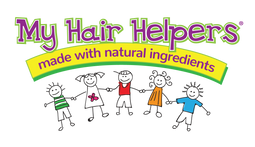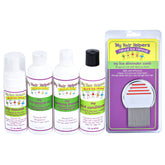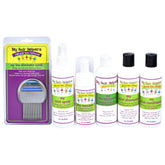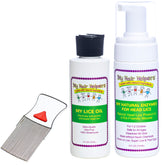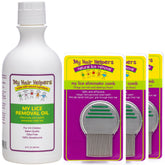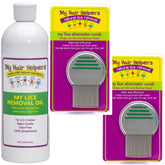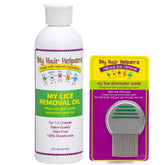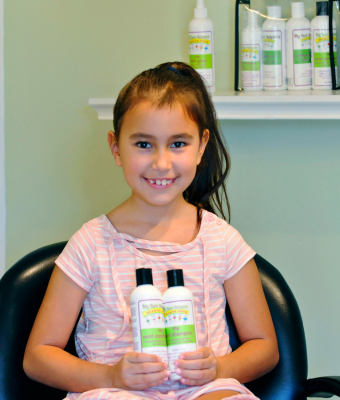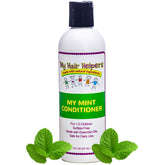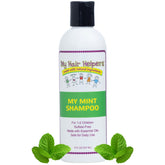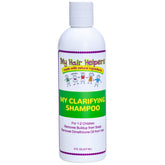WHERE DO LICE COME FROM?

Lice infestations are a common and frustrating problem, particularly for families with school-aged children. These tiny, wingless insects attach to human hair and feed on blood from the scalp, causing itching and discomfort. But where do lice actually come from, and how do they spread?
Let’s explore the origins of lice, how they are transmitted, and what you can do to prevent and manage an infestation.
What Are Lice?
Lice are parasitic insects that live on the human scalp and hair. There are three types of lice that infest humans:
- Head Lice: Found on the scalp and most commonly in children.
- Body Lice: Live in clothing and bedding, moving to the skin to feed.
- Pubic Lice: Infest the pubic area and other coarse body hair. In this article, we’ll focus on head lice, as they are the most common type and the ones most people are familiar with.
Head lice are small (about the size of a sesame seed), grayish-white insects that feed on human blood. They reproduce quickly, laying eggs (called nits) on the hair shaft near the scalp. These eggs hatch within 7-10 days, continuing the cycle of infestation.
Where Do Lice Come From?
Contrary to popular myths, lice do not come from dirt or poor hygiene. In fact, lice infestations can happen to anyone, regardless of cleanliness or socioeconomic status. Lice have existed for millions of years and are well-adapted to living in human hair. Their origin is not tied to environmental conditions but rather to human contact.
Here's a closer look at where lice come from and how they spread:
Human-to-Human Contact
Lice are primarily spread through direct head-to-head contact. When people’s heads touch, lice can crawl from one scalp to another. This is the most common way lice infestations occur, especially among children, who are more likely to engage in close physical contact while playing, sitting together, or during group activities.
Shared Personal Items
While lice cannot jump or fly, they can be transferred when people share personal items such as combs, brushes, hats, scarves, headbands, pillows, and blankets. Sharing these items creates a way for lice to move from one person’s hair to another’s. The good news is that this relatively rare, as lice can only survive for a short period away from a human scalp (24-48 hours).
Public Spaces
Lice can also spread through contact with shared surfaces in public spaces such as upholstered seats in theaters or public transportation, gym mats or lockers, and headrests in cars or airplanes. Again, this is not the norm, but it’s important to know that it can still happen if a surface recently comes into contact with someone who has lice.
Close Social Settings
Places where people are in close contact, such as schools, daycare centers, summer camps, and sleepovers, are prime environments for lice transmission. Children are particularly vulnerable to head lice outbreaks because of their proximity to one another and their tendency to share items like hats and hair accessories.

Common Myths About Lice
There are many misconceptions about where lice come from and how they spread. Let’s dispel a few of the most common myths:
- Myth: Lice Prefer Dirty Hair: Lice do not discriminate based on hygiene. They can infest clean or dirty hair, and cleanliness does not dissuade lice.
- Myth: Lice Can Jump or Fly: Lice cannot jump or fly. They can only crawl, and they move by transferring from one person to another through direct contact.
- Myth: Pets Can Spread Lice: Lice are species-specific, meaning head lice only infest humans. Pets like dogs or cats cannot spread head lice to humans or contract lice from humans.
How to Defend Against Head Lice
While it’s difficult to completely block lice infestations, there are steps you can take to reduce the risk of getting or spreading lice.
- First, avoid head-to-head contact with others, especially during activities like playing, sports, or sleepovers.
- Also avoid sharing combs, brushes, hats, scarves, and other personal items.
- Perform regular head checks, especially if there has been a lice outbreak at your child’s school or daycare. Look for live lice or nits close to the scalp, particularly behind the ears and at the nape of the neck.
- If someone in your household has lice, washing their bedding, hats, towels, and clothing in hot water and dry them on high heat. This will kill any lice or eggs that could be clinging to fabrics.
- Finally, use products that defend against head lice, such as this Mint Shampoo and Conditioner and Mint Anti-Lice Spray.
How to Manage Lice
If you or a family member does contract lice, it’s important to address the infestation quickly to prevent it from spreading further. Some common options include over-the-counter products, prescription medications, manual removal using a fine-tooth lice comb, and professional lice removal services.
While each approach has its benefits, we highly recommend avoiding over-the-counter products and prescription medications when possible. These products contain harsh ingredients, such as insecticides like permethrin. Not only that, but super lice are resistant to these chemicals, making multiple applications a requirement.
A better approach is to tackle head lice using products made from natural ingredients. My Hair Helpers has head lice kits and defense products that target lice at all stages of the life cycle. Our Natural Enzymes loosen nit glue so they can’t hatch, while our Dimethicone Lice Oil traps and smothers mature lice. You can also defend against lice using our mint shampoo, mint conditioner, and lice spray.
Wrapping Up
Lice infestations are an age-old problem that can affect anyone, regardless of hygiene or lifestyle. These tiny insects come from direct human contact and can spread through shared personal items or environments where people are in close quarters.
While they can be frustrating to deal with, understanding how lice are transmitted and taking steps to reduce their spread can help minimize the risk of infestation. If you suspect lice, prompt attention is key to stopping the spread and ensuring a quick recovery.
